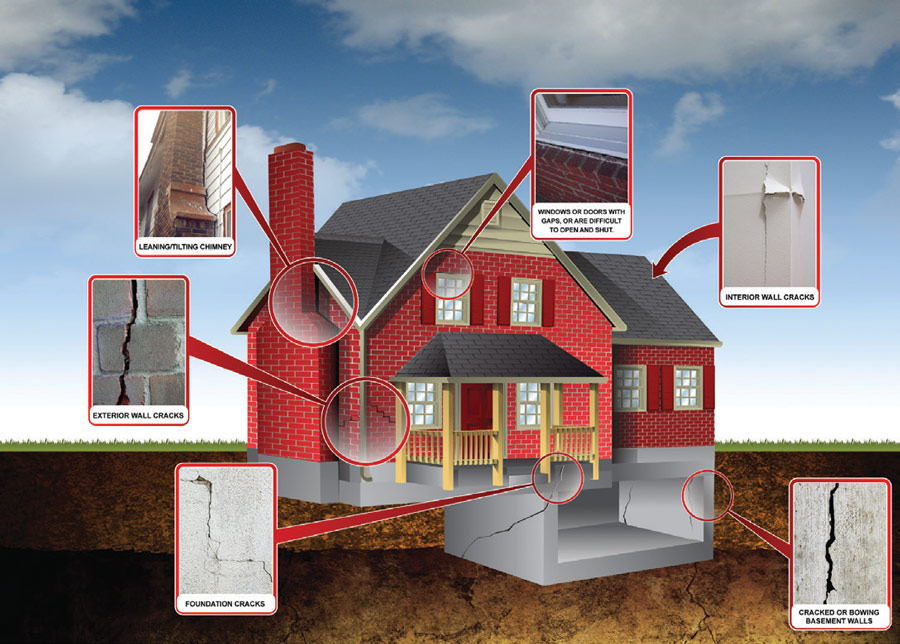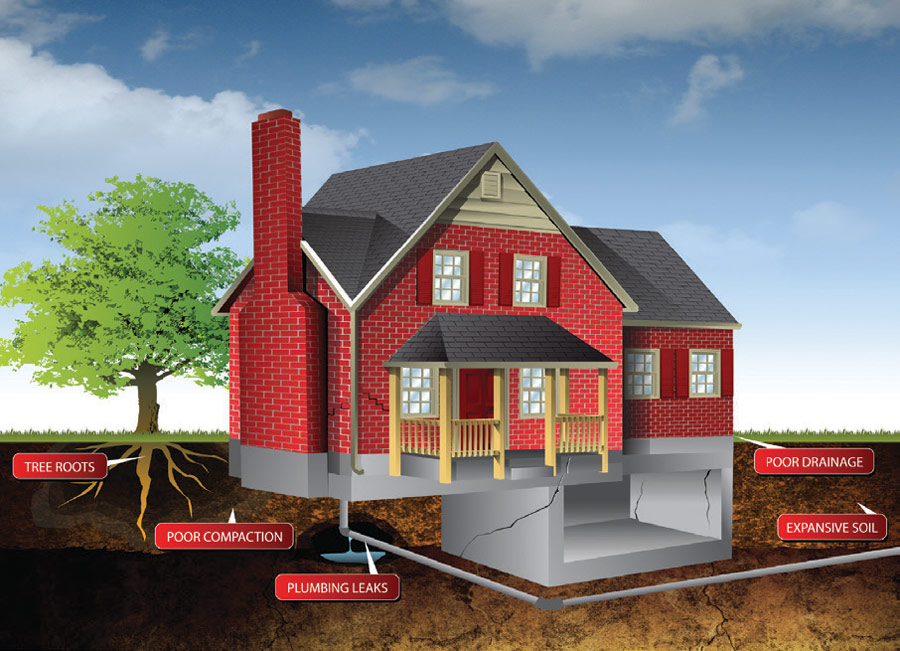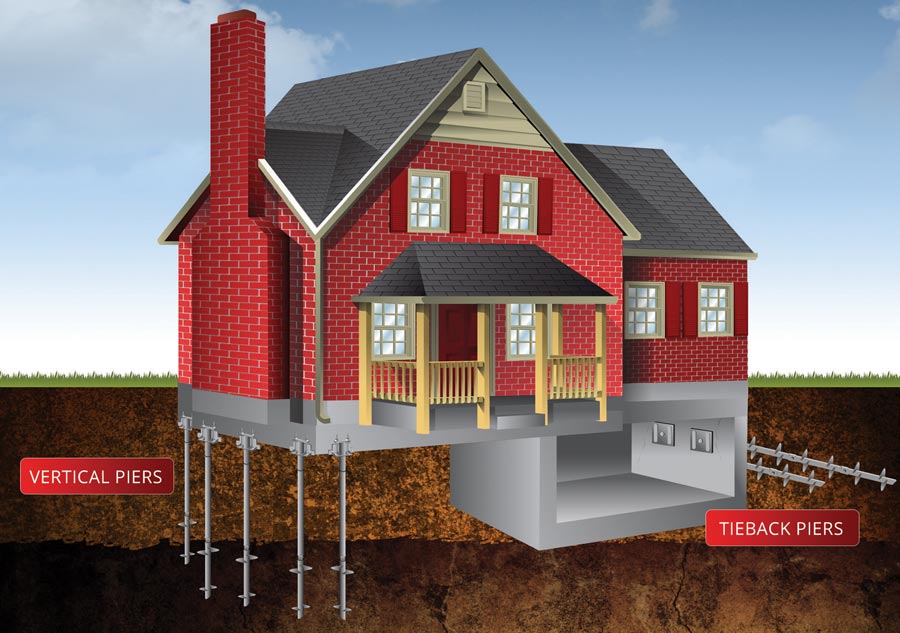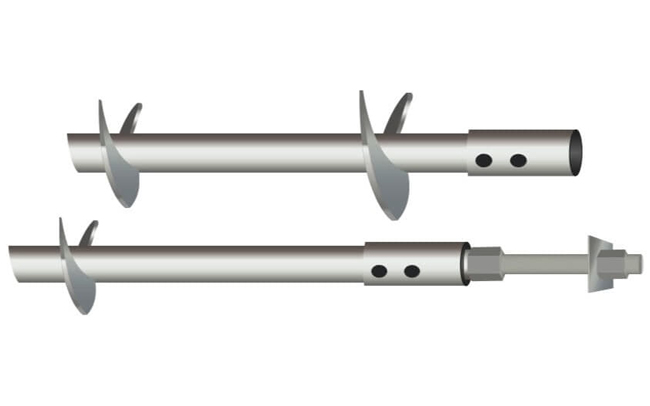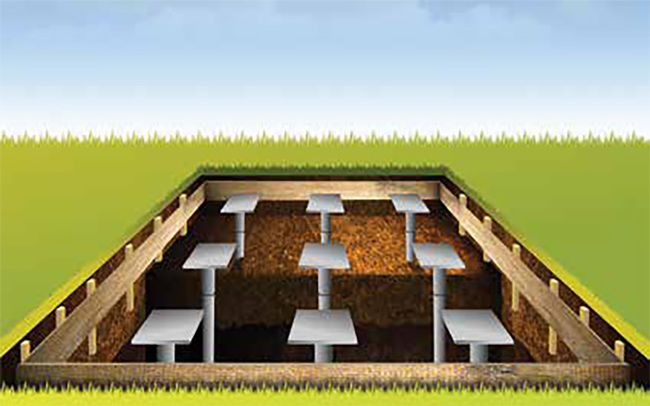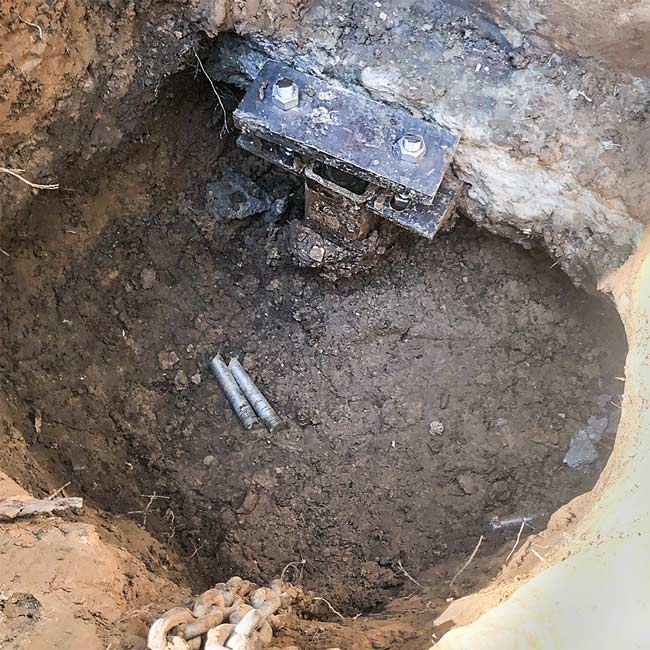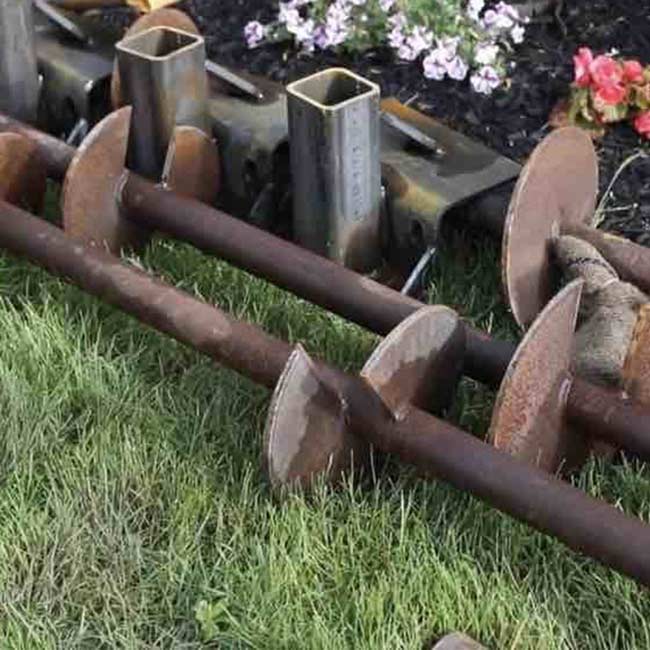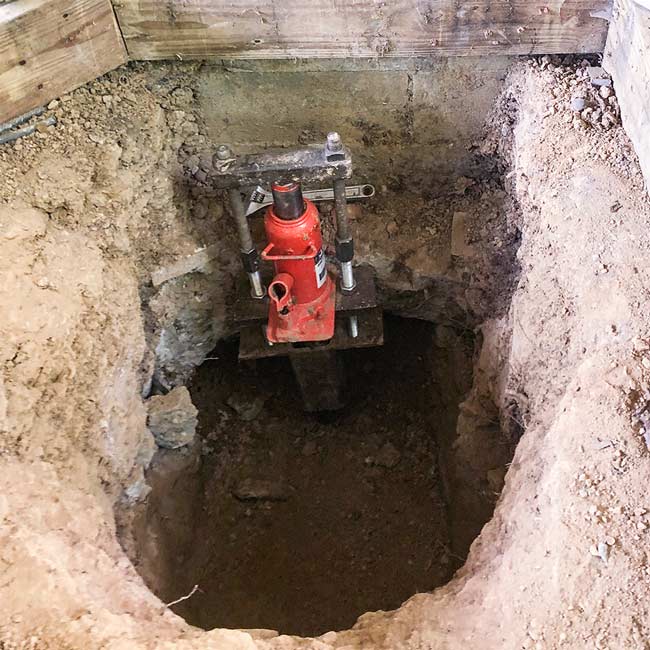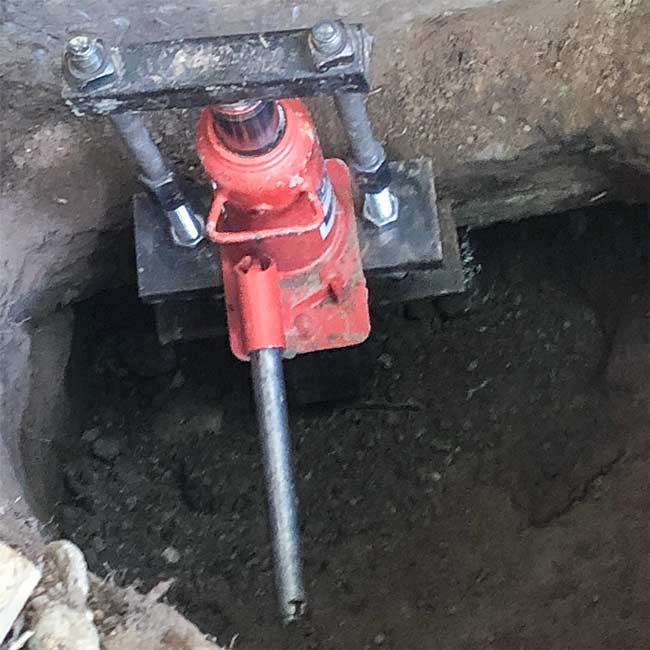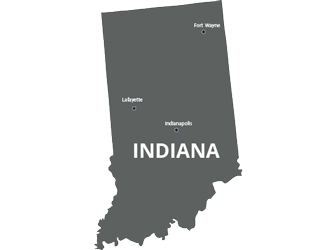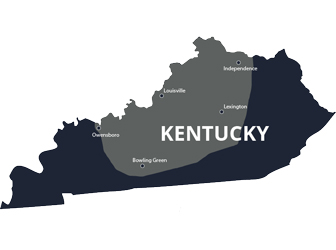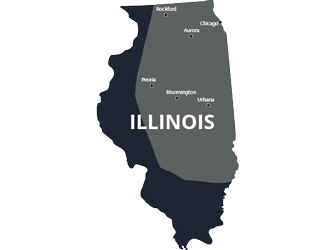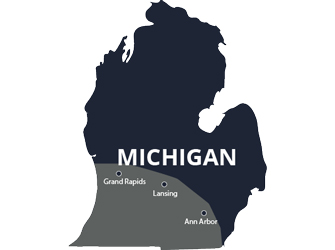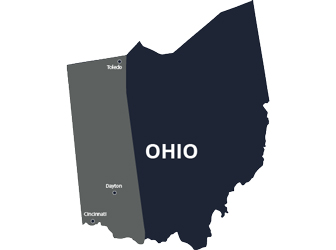
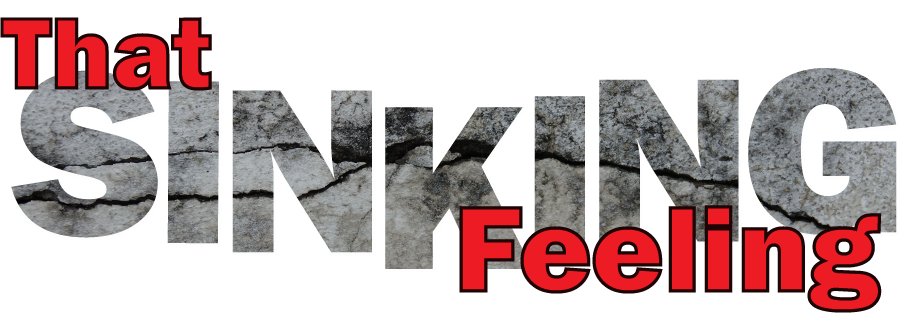
Foundation Problems?
Helical Piers Are Your Solution.
Acculevel repairs settling foundations with a proven system, utilizing the strength of steel piers.
By Kelly Kater
Originally published 04/30/20; updated 08/06/21; updated 06/14/22
Piers are the best way to repair settling foundation issues. If you’re here, reading this article, there’s a good chance you already know this. Maybe you’ve seen signs of settling in your home and done some research already. Or maybe you’ve met with a contractor about repairing your foundation and you’re suffering from sticker-shock. In either case, you’re in the right place!
Acculevel has been repairing foundations since our beginning in 1996. Founded by Andy Beery, Acculevel is a family-owned and operated company that has installed tens of thousands of helical piers and warranties our repairs for the life of your structure. We want you to thoroughly understand the piering process, so that you can be confident that you are making the best choice for you and your home.
We’re going to review what helical piers cost, what can affect that pricing, and why you need to act promptly.
Helical Piers 101
All you need to know to make an informed decision to permanently correct your sinking foundation.
Symptoms of Foundation Failure
Sinking Foundation
Your home is only as stable as its foundation. Changing soil conditions, age, or improperly compressed soils often result in uneven distribution of weight leading to significant structural damage.
Symptoms of a failing foundation include:
- Cracked Bricks
- Foundation Cracks
- Shearing Drywall
- Leaning Chimney
- Cracked / Bowing Basement Walls
- Sticking, Separating, or Crooked Windows or Doors
WATCH: What Are Signs of a Settling Foundation?
Causes of Foundation Failure
Why is My Foundation Sinking?
In general sinking foundations are related to problems with the ground your house is built on or even with the underlying foundational slab itself. Your foundation’s soil composition, the amount of water in your soil, and the builder’s site preparation before construction will all have an effect on whether or not you have issues.
Your contractor must determine the cause underlying the sinking or moving and take care of this problem first. The most common causes are detailed below.
Causes of a Failing Foundation Include:
Water Retention/ Hydrostatic Pressure
All soil can expand and contract after a heavy rain or drought. When the soil supporting your foundation changes, it can cause your home to shift. During wet weather, water saturates surrounding soil, causing it to swell and push against subterranean walls. This lateral pressure can make basement walls bulge or leak, causing a wet and smelly basement.
Erosion/Washout
As water flows through soil, it can cause the earth beneath or around your home to erode, leaving your foundation on less stable ground.
Plumbing Leaks or Improper Drainage
Even a small crack in underground plumbing can lead to a massive amount of water retention in soil near your home. Poor drainage traps rainfall or underground water in surrounding soil causing substantial pressure against foundation walls.
Poorly Compacted Soil
If a pre-construction site isn’t correctly prepared, the soil can compress under the weight of the structure and cause an unstable foundation.
WATCH: Foundations Problems or Just Settling?
What are Helical Piers?
They are long, screw-like shafts that are drilled down into deep, stable soil, bypassing any problematic unstable soil above it that the building rests on. By leveraging the resulting resistance, to both push and pull against the soil, the piers lift your foundation to a level state using heavy-duty brackets to ensure stability.
Why Helical Piers?
Helical piers offer an effective method for stabilizing foundations, as well as basement and retaining walls. They donʼt require the weight of a structure as resistance to “push” the pier down, but rely on torque independent of the structure.
Because helical piers reach the depth of stable, undisturbed soil, they can be used to stabilize and support new or existing structures. Helical piers can also be used as tiebacks to provide lateral stability and security to basement or retaining walls.
In new construction applications, helical piers can be installed before pouring a foundation to prevent future foundation issues.
WATCH: Should You Install Helical Piers?
How Helical Piers Work: An Overview
A helical pier is a long, steel foundation pin with helices – just like screws – along its shaft (see illustration below).
Using a hydraulic system, helical piers are driven into the soil to a depth below the frost line, providing a firm, unshifting foundation upon which the building’s weight is supported. As frost lines vary by location, so too does the length of the helical pier used for each project. The number of piers required is also dependent on the soil and the weight of the structure they are to support.
In residential applications, helical piers are permanent solutions to fix foundation issues on existing builds. For commercial or new construction, piers can be used where soil conditions are challenging and a traditional foundation is problematic or expensive. Because the piers are simply threaded into the ground, they eliminate the need for expensive excavation and minimize the time required to install a foundation.
Installing Helical Piers: Step-By-Step
The pier is screwed through the ground outside of your home until it hits stable, undisturbed soil. This point will be below the frost line and the fluctuating water table; this keeps the pier stabilized and immobile. A pressure gauge system is used to determine the required depth to achieve the capacity necessary to support your property. This will vary, as it’s specific to your property and to the unique soil conditions under your home.
The pier has a steel bracket that is positioned under your foundation’s footing, much like the seat of a chair, to give the wall support and hold it in place. This bracket allows the pier to leverage the resistance between the deep solid ground at the bottom of the pier and your home.
WATCH: Installing Helical Piers for Foundation Repair
How Much Do Helical Piers Cost?
While it depends on the severity of the settling, and the size of the area affected, it’s likely that you will need more than one pier. Piers are installed along the outside of the settling wall, every 5-7 feet across the affected area. The price you’ll pay depends on the method of installation.
We are providing our prices in a range because your exact cost will depend on details specific to your home’s layout and design. All of our prices include both materials and labor for standard length piers.
Piers require excavation outside the settling wall. If the area is relatively clear of obstructions, the piers can be dug by machine. The work can be done quickly and with less manual labor. Piers dug by machine cost $1750 – $2200 each.
If there are access issues, like a deck or driveway in the work zone, the piers will need to be dug by hand. This is more expensive (for obvious reasons) and will take longer to complete. If the piers have to be dug by hand, the price range is $1900 – $2700.
Additional Costs
We mentioned that pricing can vary due to the specific variables at your home. One of these is the water table and soil composition. A standard helical pier is 21 feet long. For most of our service area, that’s usually long enough. The ground in the Midwest is relatively flat and has a consistent soil composition
But if you live in an area with softer soil, soil with significant amounts of organics, or you live in a naturally high water table- 21 feet may not be enough. If these conditions exist, extra depth costs are generally about $25 per foot. (You will only know this information if you have had specific soil tests done by a geotechnical or soil engineer.)
The biggest complaint we receive is when unexpected extra depth costs arise. While we understand that this would be frustrating as a homeowner, we don’t know for certain what depth is needed until installation begins. If there’s a body of water nearby or other circumstances indicate it, we do prepare you for the possibility. Extra depth costs are not added on to bring us more money; installing a pier that doesn’t reach the needed depth renders it ineffective and a waste of your time and money.
Another potential cost issue is if your home has obstructions in the necessary excavation area. You may need to have decking temporarily removed, or a patio torn out if it’s directly in the excavation area. This can be planned for in advance; a contractor should be able to review the area and tell you up-front if certain items need to be relocated.
For a more detailed discussion about the potential problems with helical pier installation, we have an article that covers both of these issues.
WATCH: How Much Do Helical Piers Cost?
Financing Can Make Your Situation Better
Helical piers are not cheap, and it can be tempting to “kick the can down the road,” instead of picking it up right away.
But this is not a good plan, and it can have significant repercussions. Once a home begins to settle, the structure of your home has shifted. There’s no guarantee that piers will restore your foundation to its exact original location. But the longer you wait, the more certain it is that your foundation is going to be permanently affected. This can require reframing doors and windows, replacing windows, repairing or replacing drywall, etc.
If you find yourself hesitating to commission the work, consider financing an option. Many contractors, including Acculevel, offer different plans that work with your budget. You may also contact your own bank or credit union about home improvement loans. Piers are an investment in your home and provide long-term structural health and stability.
Your Next Step: Learn the Costs of Repairing Your Foundation
If you’re seeing the signs of a settling foundation in your home, I urge you to take action right away. Postponing off these repairs will result in an escalated problem and a larger hit to your wallet. If you still need some convincing, check out this blog about the costs of waiting to make home repairs. We also have a comprehensive guide to all foundation repairs here, if you have additional questions.
If you’re ready to move forward with foundation repairs, the first step is finding an experienced local foundation company, and make an appointment. This is something we recommend in all of our blogs. We never want to see any customer misled or not given necessary information.
But when you are considering piers, this is infinitely more essential. If your home’s structural issue is not correctly diagnosed, the piers may not be installed in the correct location. This will waste your money without solving your problem.
Before you sign a contract for any service, you should always verify the company is reputable, insured, and accredited by the Better Business Bureau. If you live in Indiana or the surrounding states, contact Acculevel. Established in 1996, we specialize in foundation repairs.
Get a Free On-Site Consultation & Estimate!
Call us at 866-953-1501 or fill out this form to book a free, on-site consultation with an Acculevel Project Advisor
We want to make this process as simple, comfortable and smooth as possible.
When you fill out this short form, you will receive a call from us within 48 hours. We will ask you for information about your repair needs, and will schedule an appointment to come look at your situation.
